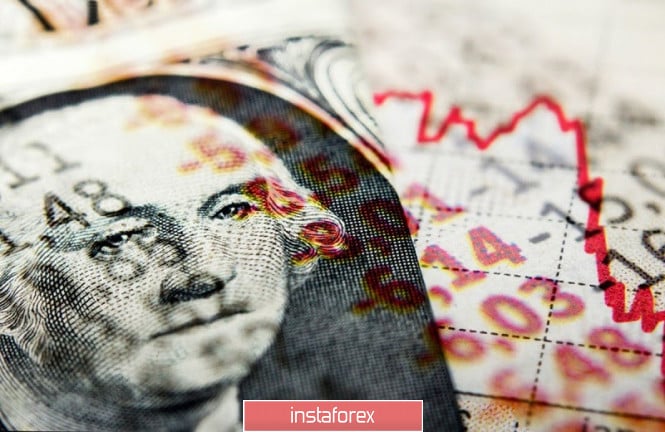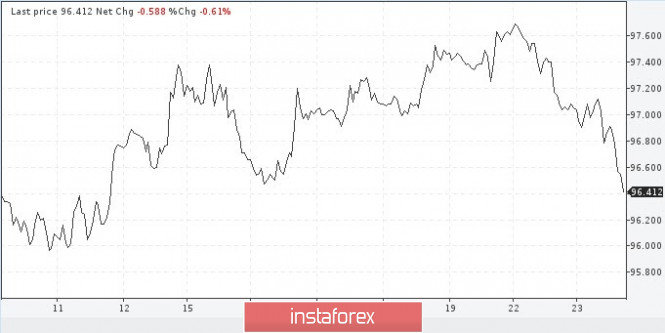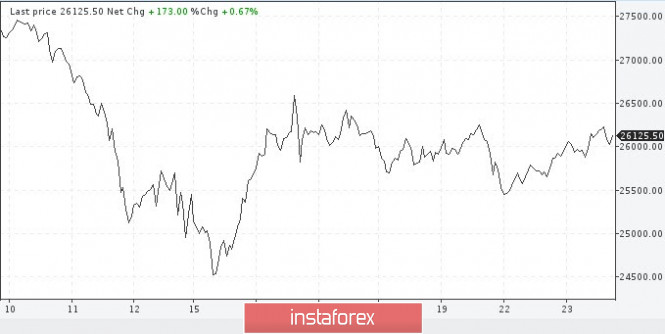
Despite the upward trend, it was noticeable that the upward momentum of the dollar is on the verge of completion. Yes, it strengthened over the course of four sessions, but trade went in a narrow range. The seller's sluggish attempt to test 97.00 points was a success on Monday. The dollar tried to hint at the possibility of growth on Tuesday, but buyers of the US currency did not have enough strength and arguments. The fall in the dollar index intensified at the US session, signaling the resumption of a downward trend.
The greenback broke through the lower border of the rising flag, which has a bearish character. Everything that is happening now is a clear sign of the impending decline. It is possible that there is an active exchange between sellers and buyers, but even dollar bulls most likely want to sell from a higher mark.
Traders are waiting for the price to retreat to the psychological mark of 95.00 points.
USDX

There is speculation that the dollar's current decline will continue as US stock indices and Federal Reserve policy officials rise, suggesting lower rates and aggressive quantitative easing. This, as we know, negatively affects the return on dollar assets.
The unstable domestic political situation in the country and uncertainty about the presidential elections in November add to the negative for the greenback. Traders looking to reduce the dollar also believe that the increase in the number of infected in the United States is not enough to introduce new quarantine measures. The trade agreement, despite recent attacks by the White House adviser, continues to be valid. There is no need to go into defensive assets.
Improving international trade relations has a positive effect on the development of the global economy, increasing risk appetite and stimulating stock market growth. Now there is a high degree of correlation between the dynamics of the US securities market and the dollar. The rise in stock indicators, in particular the Dow Jones, is accompanied by a weakening dollar, which we have at the moment.
Dow Jones

Leading researcher at Yale University and the former head of Morgan Stanley Asia expressed his conclusion about the dynamics of the dollar. He believes that the coronavirus pandemic provokes a "response" of the population. Together with "active fiscal stimulus, this will undermine the savings rate and lead to an increase in the current account deficit." In this situation, the dollar may fall by 30-35%.
In general, opinions regarding the future direction of the dollar are multidirectional. Some market players are confident that the decline in the dollar will be short-lived.
US President Donald Trump slightly pacified his foreign trade appetites, but there are still a lot of unresolved problems in this direction. Sufficiently complicated trade relations remain with the European Union. Americans still retain duties on China's goods worth $360 billion. In addition, the deterioration of geopolitical tensions in Asia and the increase in the incidence of coronavirus in the United States may in the medium term cause demand for protective assets, which include the dollar.
The material has been provided by InstaForex Company - www.instaforex.com